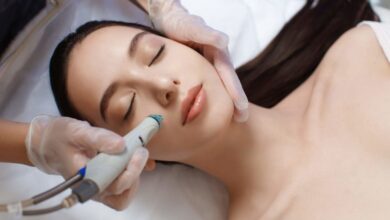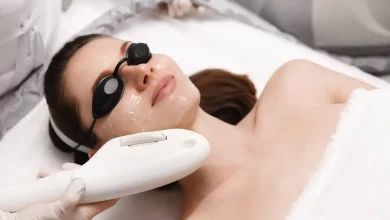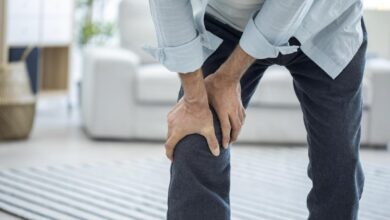
Uncovering the Many Benefits of Endovenous Vein Treatment
The prevalence of venous diseases, such as varicose veins and spider veins, is more common than you might think. For those experiencing the discomfort and unsightly appearance of these conditions, there is a ray of hope: endovenous vein treatment. In this article, we will explore the numerous benefits of this treatment, shedding light on why it has become a preferred choice for individuals seeking relief from venous issues.
Understanding Venous Diseases
Before we delve into the specifics of this treatment, it’s important to grasp the nature of venous diseases. These conditions typically affect the veins in the legs and are often the result of weakened or damaged valves. Healthy veins have valves that ensure blood flows in one direction – towards the heart. When these valves malfunction, blood can pool in the veins, leading to the development of varicose veins, spider veins, and various symptoms, including pain, swelling, and discomfort.
What is Endovenous Vein Treatment?
This treatment refers to a range of minimally invasive medical procedures used to address venous diseases. The primary objective of these procedures is to seal off or eliminate problematic veins, redirecting blood flow to healthier veins. Some common types of treatments include endovenous laser treatment (EVLT), radiofrequency ablation (RFA), and sclerotherapy.
The Procedure
Let’s take a closer look at what you can expect during an endovenous treatment procedure:
- Consultation: It all begins with a consultation with a vascular specialist. The specialist will assess your condition and recommend the most suitable treatment option.
- Local Anesthesia: Before the procedure, the treatment area is numbed with a local anesthetic. This ensures that you remain comfortable throughout the process.
- Guidance Using Ultrasound: The specialist will use ultrasound to visualize the affected vein and guide the procedure.
- Insertion of Catheter: A small catheter is inserted into the problematic vein through a tiny incision. This catheter serves as a conduit for the delivery of heat or a sclerosing agent.
- Heat or Sclerosing Agent Application: Depending on the type of treatment chosen, either heat (in the case of RFA or EVLT) or a sclerosing agent (in sclerotherapy) is applied. Heat-based methods seal the vein by causing it to collapse, while sclerotherapy induces vein closure through a chemical reaction.
- Monitoring: Throughout the procedure, the specialist continues to use ultrasound to monitor the progress and ensure accurate treatment.
- Compression: Following the procedure, you’ll be asked to wear compression stockings or bandages. These help in the healing process and minimize swelling.
- Recovery: Most individuals can resume their normal activities relatively quickly. However, strenuous exercise should be avoided for a few days.
Benefits of Endovenous Vein Treatment
This treatment offers a host of advantages, making it a preferred choice for many seeking relief from venous diseases:
- Minimally Invasive: Unlike traditional vein surgery, endovenous vein treatment is minimally invasive, requiring only small incisions and offering a shorter recovery time.
- High Success Rate: The success rate of this vein treatment is excellent, with significant reductions in symptoms and a low risk of recurrence.
- Less Pain and Discomfort: Patients generally experience less pain and discomfort during and after the procedure, enhancing the overall experience.
- Improved Appearance: Beyond the relief of symptoms, treating venous diseases can lead to the improvement of the cosmetic appearance of your legs as varicose veins and related issues diminish.
- Quick Recovery: With minimal downtime, patients can quickly return to their daily activities.
- Lower Risk of Complications: It has a lower risk of complications compared to traditional vein surgery.
- Customized Solutions: These treatments can be tailored to your specific needs, ensuring that your condition is addressed effectively.
In Conclusion
In summary, endovenous vein treatment is a highly effective and minimally invasive procedure for addressing venous diseases like varicose veins. It offers an array of benefits, including a high success rate, reduced pain, and an improved appearance. Remember, a life free from the discomfort and aesthetic concerns associated with venous diseases is achievable, thanks to the advancements in medical technology.
_________________________________________________



